Part 1
As mentioned in an earlier post on the Gaining a Pilots’ Brevet thread — #8370 of 24th March this starts my piece about my memories of my time in Gan in 1958 (and later).
My daughter is in the travel trade and the “hotel buyer” for one of the UK’s leading travel agents, and a couple of years ago was responsible for clients (hotels) in the Indian Ocean and Arabian Peninsula. She travels extensively examining and assessing the quality of hotels who want to be included in her company’s travel brochures. Anyway whilst on one of her travels she met the General Manager of the Shangri La hotel group who recently opened a new 5-star hotel in Addu Atoll (Shangri-La’s Villingili Resort and Spa) the island adjacent to Gan.
Whilst chatting with the GM she mentioned that her father (me) had been stationed at Gan whilst it was being built in 1958 and I had an extensive collection of colour photographs that I took whilst at Gan. He was immediately interested and asked whether he could see some of my slides. I agreed and sent some for his perusal, having seen some he asked for more and I created an illustrated PDF file — 48-pages long — recording my memories of the island. The hotel has these processed these as an A5 booklet for the use of hotel guests.
One good thing came out of my photo efforts; the hotel asked whether I’d be prepared to go out to the Maldives and give a presentation about the building of Gan in 1958. The hotel has an extensive clientele who seem to be obsessed with the history of the place and were keen to hold a history week — which is where my giving a talk/PowerPoint talk presentation at their expense would fit in.
Shortly afterwards I received the go ahead to travel to the Maldives for a week to give my presentation to the hotel guests. As my daughter was the intermediary in the arrangements made with the Group, she and her husband were invited too. Audiences at my presentations were history buffs (mainly wealthy Chinese) with some Europeans (Dutch and German) and two families from the UK, locals who worked at the resort and pupils from the local island school.
So this thread will start with my illustrated reminisces of my R.A.F. time at Gan in 1958, followed by a bit about the islanders as they were in 1958, some further memories relating to Gan and finally Gan, Fedu, Hittadu and Villingili as they are today as seen during my recent visit.
Many photos are self explanatory, but others I've captioned as necessary.
There’s quite a lot to be posted, so bear with me if I’m slow in posting photos, commentary etc.
WT
Introduction
I arrived at Gan in January 1958 and departed back to England in November 1958. On the whole my time at Gan was pleasant and interesting and the sort of experience that occurs but once in one’s lifetime.
Being an avid photographer I recorded on film my life and experiences whilst on the island and the following pages contain some of my many photographs that illustrate what life was like as the sleepy island with a small crushed-coral runway was built into an international size airfield with a runway capable of accommodating the largest jets.
Also recorded are photographs of Maldive islanders that I photographed mainly on the island of Fedu. Given that these photographs were taken 58-years ago in 1958 and the children shown were then aged about six to nine years old, if they are still around they’ll be aged about sixty-years old now.
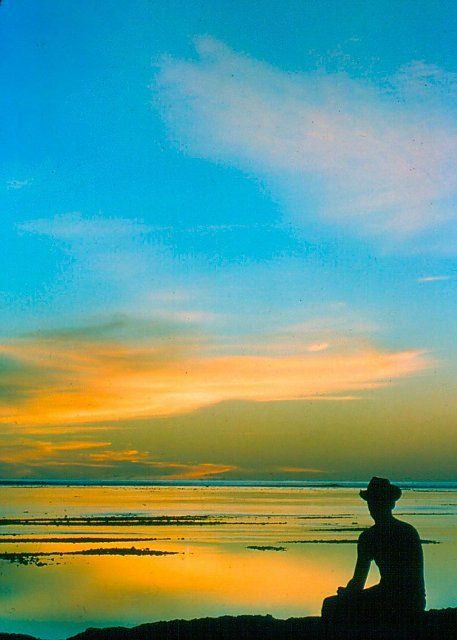
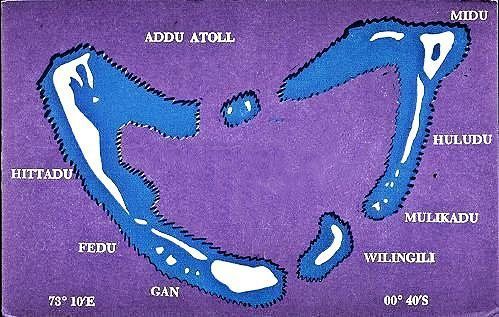
Gan as we knew it in 1958
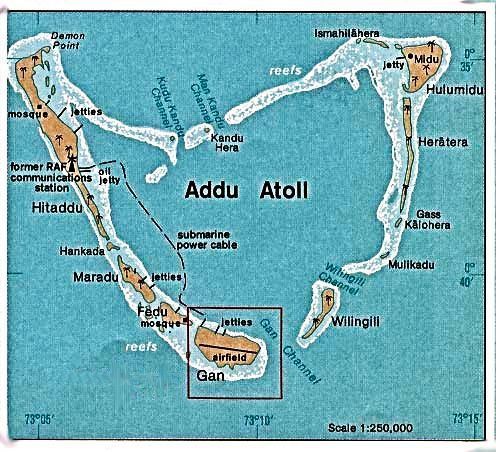
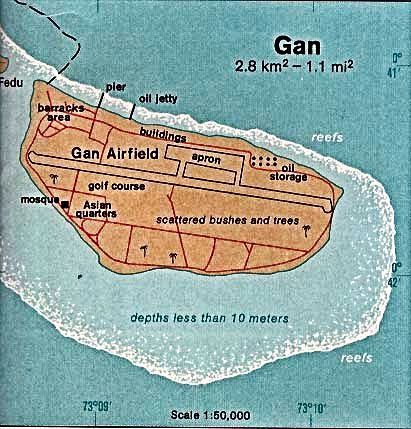
As it was in 1976 when the RAF departed
R.A.F. GAN — BACKGROUND
Fringed with palm trees and coral and located in the Indian Ocean, it is hard to imagine a more idyllic setting for an RAF station than Gan, one of the Maldive Islands. The most southerly of a string of islands forming Addu Atoll.
Britain’s military connections with Gan go back to 1941 when, in anticipation of war in the Far East, a highly secret Safe Fleet Anchorage known as ‘Port T’ was built here. Later in the war a short airstrip was laid out and this was used by detachments from 160 Sqn flying Liberator bombers on coastal photo-reconnaissance, air/sea rescue and meteorological sorties whilst the lagoon was used by Sunderland flying boats from 230 Sqn as they patrolled the Indian Ocean. At the end of the war the military installations were dismantled and all Service personnel were withdrawn.
Gan’s post-war development began in 1956 following the realisation that Britain’s vital route to the Far East depended on the continued assurance of landing and over-flying rights from countries in Asia. This vulnerability of the empire reinforcement route led to the Chiefs of Staff’s quest for a staging post in the Indian Ocean between the Middle East bases and Singapore. The choice of location was virtually limited to Gan.
In 1956 Britain obtained permission to re-establish it’s wartime airfield on Gan and was informally granted a 100-year lease that required Britain paying the Maldives £2,000 a year. However, the election of a new Maldives prime minister in 1957 caused him to review the agreement, but nothing happened until 1960 when the Maldive government formally granted Britain the use of Gan and other facilities in Addu atoll for 30 years (backdated to 1956) in return for £100,000 a year plus some additional development aid. Britain continued to pay for its use until 1976 when the bases closed.
PLANS
Plans were drawn up for a single runway spanning the full length of the island, together with technical facilities and domestic accommodation for around 500 personnel. The contract for this work was let to Messrs Richard Costain, and an advance party of 5001 Airfield Construction Sqn led by Flight Lieutenant George McNeil arrived off Gan abroad HMS Modeste at the end of January 1957. The advance party’s tasks were to refurbish the wartime landing strip, survey the nearby island of Hittadu, which would later house a Signals Unit, and to build a power station and living quarters for the contractor’s workforce. Nearly 11,000 trees needed to be cleared and the most effective method of achieving this was found to be pushing them over with bulldozers. In addition, a 400 ft jetty had to be constructed for the landing of plant and heavy machinery. Initially the advanced party was supported twice-weekly by Sunderlands of 205/209 Sqn who were detached from Singapore to R.A.F. China Bay in Ceylon. From China Bay they made the twice-weekly run to Gan alighting on the lagoon with food, mail and personnel (Operation “SHIPS FLAG”).
Moorings, together with refuelling and basic servicing facilities, were established for the flying boats and by the end of 1957 the refurbished landing strip was ready to receive its first aircraft, a Bristol Freighter of 41 Sqn. Royal New Zealand Air Force (RNZAF) that flew in from Negombo, Ceylon.
With the opening of the refurbished crushed-coral runway the RAF started flying a regular twice weekly (later three times weekly) land plane service to Gan, flown by R.A.F. Far East Air Force Vickers Valettas and the and the occasional Royal New Zealand Air Force Bristol Freighter that had been detached to Katunayake (Negombo) for this task.
ARRIVAL
I arrived at Gan on 13th January 1958. I knew a little about the island and the plan to build it into a major staging post because for most of the previous year (1957) I’d been stationed at R.A.F. China Bay near Trincomalee on the north-eastern coast of Ceylon (Sri Lanka) and knew (a) that Solomon Bandaranaike the prime minister of Ceylon at the time was keen to close the R.A.F. staging post at R.A.F. Katunayake, previously known as Negombo, about twenty miles north of Colombo and (b) by talking to the Sunderland flying boat crews who made the twice weekly supply flights to Gan.
Geographically Katunayake is situated half way between Aden and Singapore and was a vital refuelling stop for R.A.F. aircraft transiting to the Far East. With Negombo (Katunayake) no longer available a replacement refuelling stop (staging post) was required and Gan was selected.
Below Addu Atoll in WWII - IWM Photos
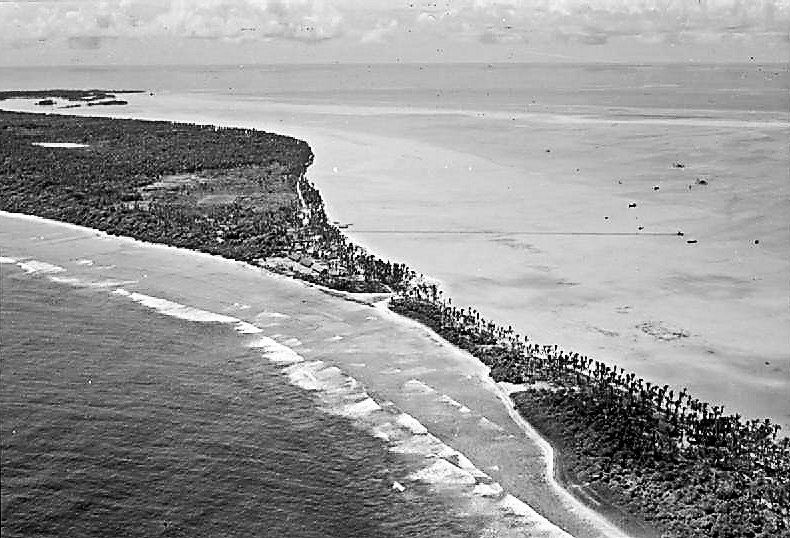
Hittadu in WWII. IWM Photo.
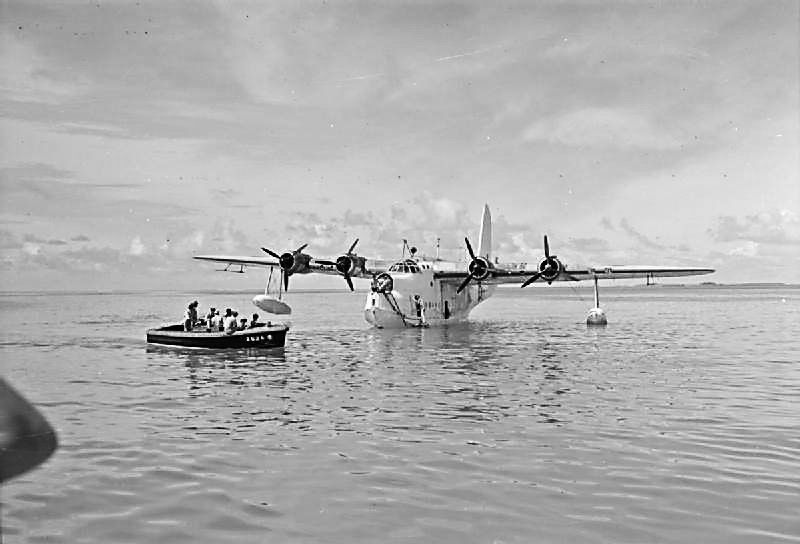
Short Sunderland Mark III, EJ143 "S", of No. 230 Squadron RAF Detachment, moored in the lagoon at Addu Atoll. IWM Photo.

WWII. Sunderland Mark III, EJ143 “S”, of No. 230 Squadron RAF Detachment, piloted by Flight Lieutenant A W Deller, taking off at Addu Atoll. IWM Photo
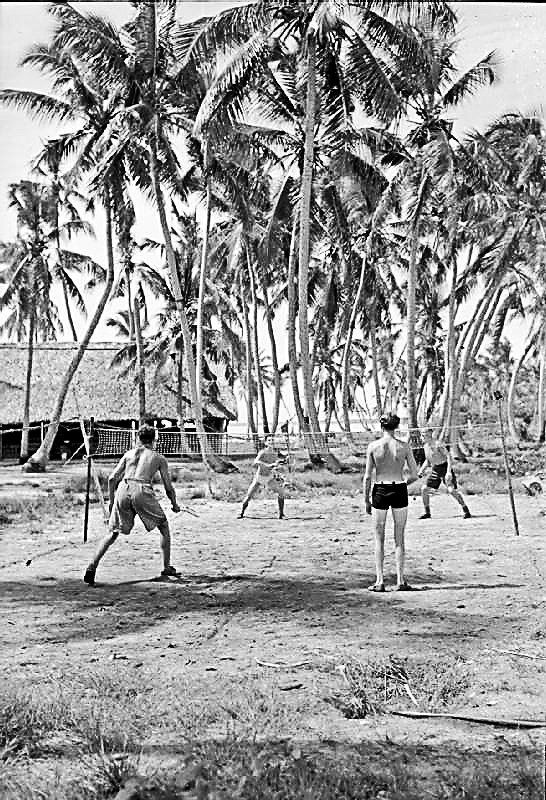
WWII. Airman keep fit by playing Badminton under the palms at Addu Atoll. IWM Photo.

WWII. A wind break constructed from ration boxes protects the small RAF camp at another island in the Maldives. IWM Photo.
To be continued.